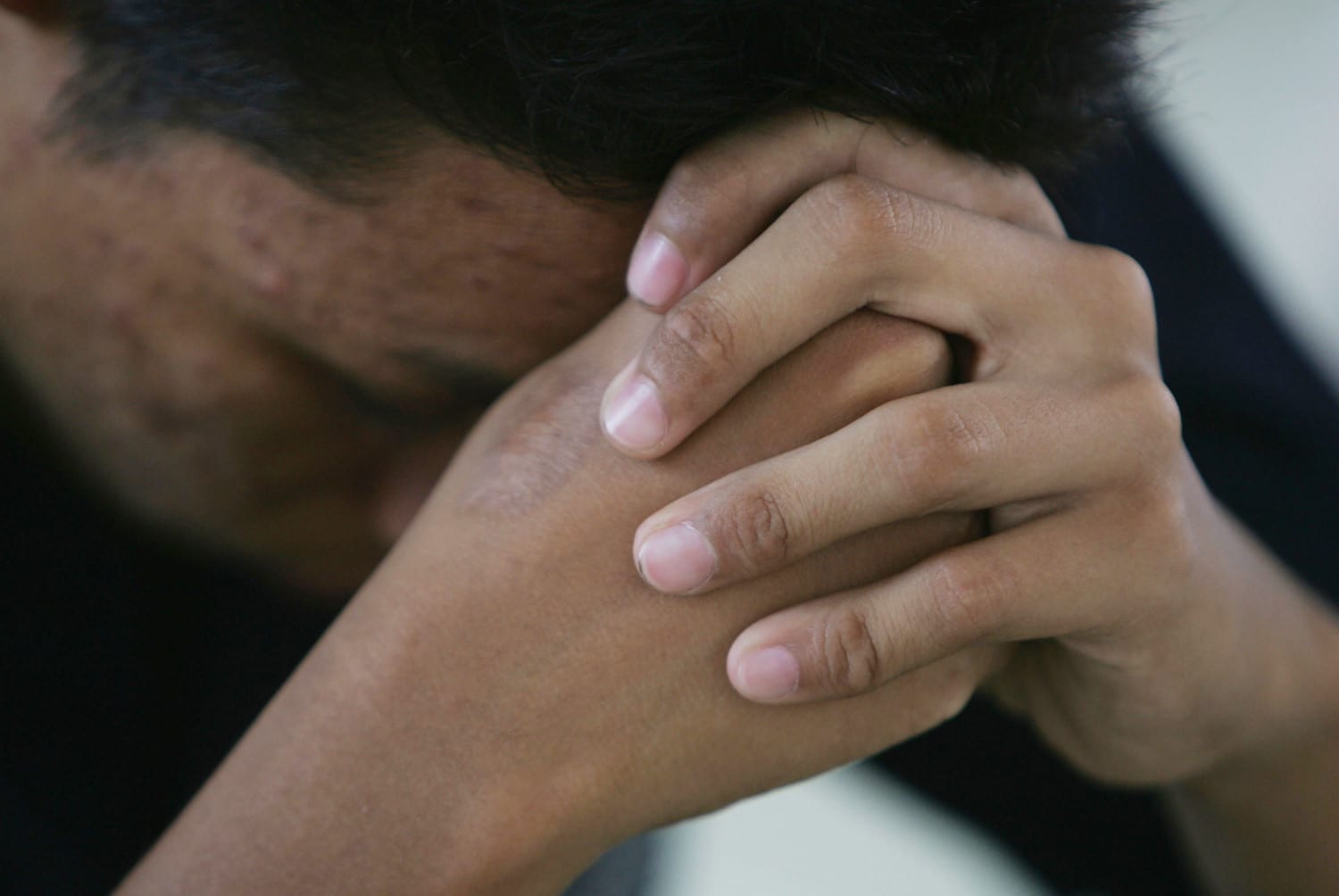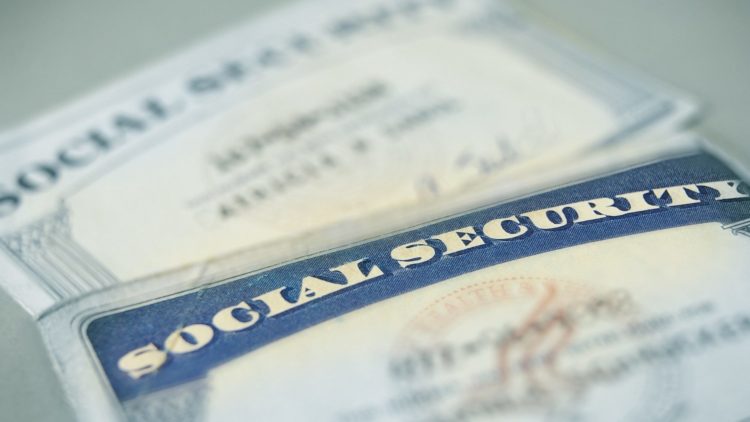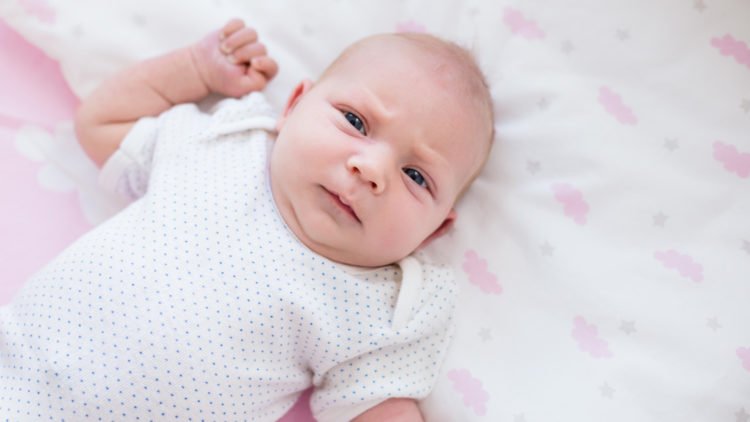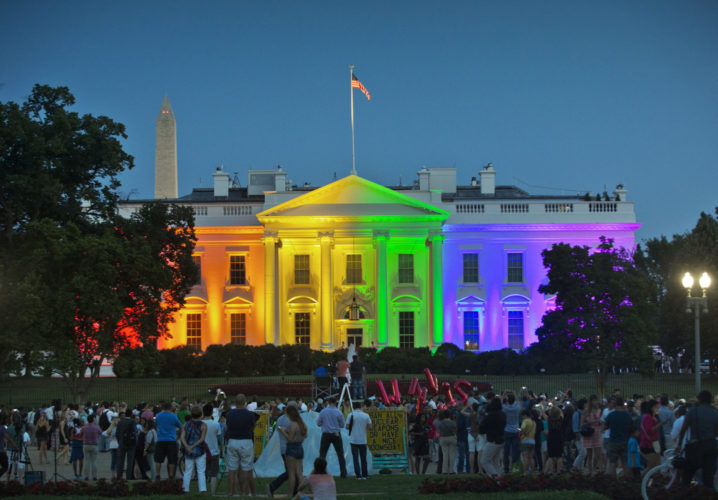The APA says ‘traditional masculinity’ is harmful to boys and men—here’s what they say needs to change
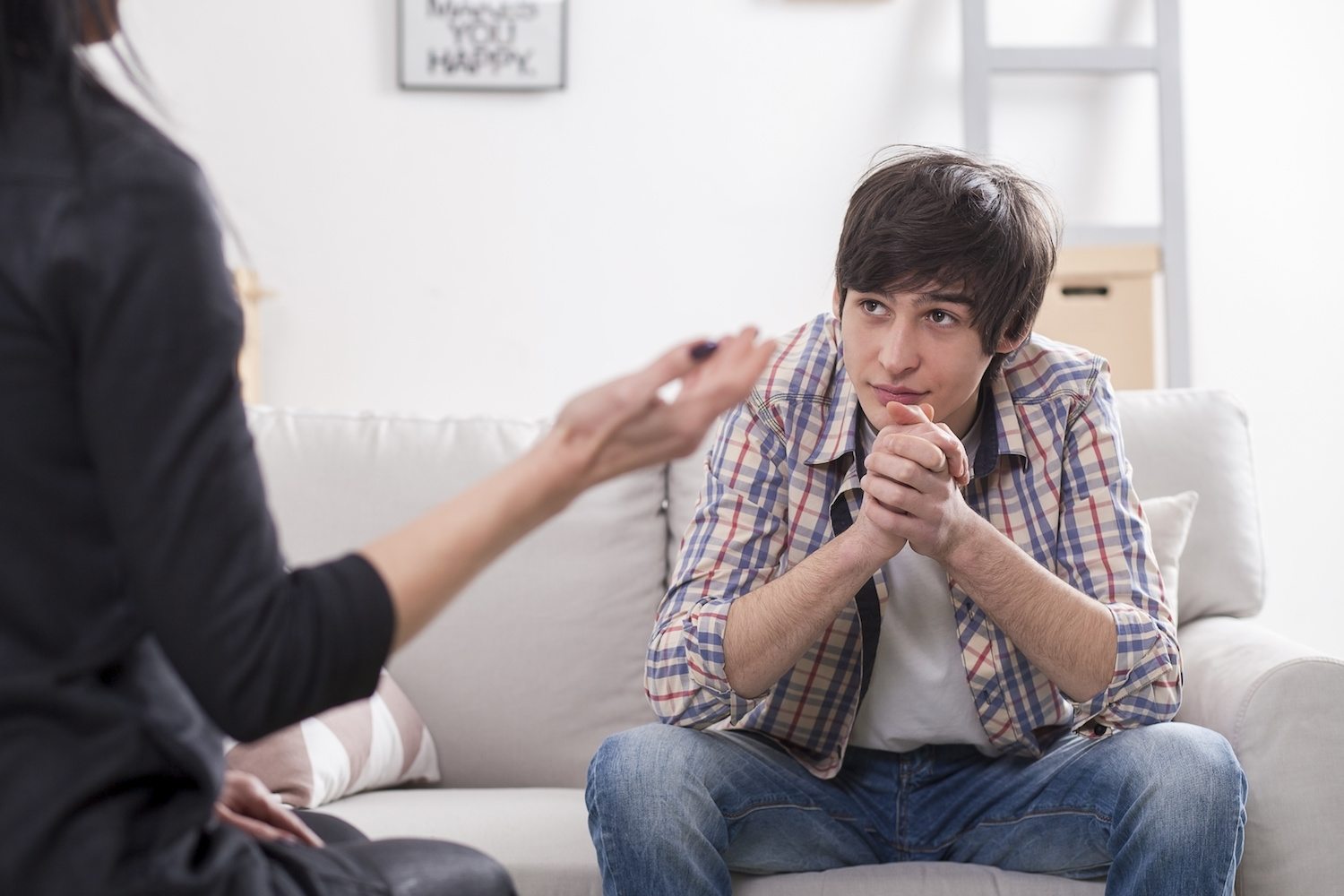
For the first time in its history, the American Psychological Association (APA) has released official guidelines to help psychologists work with men and boys. These guidelines — called the “Guidelines for Psychological Practice With Boys and Men” — strive to recognize and address documented problems with males.
In compiling their guidelines, the organization cites a number of troubling statistics. For example, men commit 90 percent of homicides in the United States and represent 77 percent of homicide victims. They are 3.5 times more likely than women to take their own lives. Their life expectancy is also 4.9 years less than that of women’s. The guidelines seek to mitigate these negative consequences of traditional masculinity, which the organization describes as marked by traits like stoicism, competitiveness, dominance and aggression.
“Because of the way many men have been brought up — to be self-sufficient and able to take care of themselves — any sense that things aren’t OK needs to be kept secret,” said Fredric Rabinowitz, Ph.D., a psychologist at the University of Redlands who has stewarded the organization’s guidelines since 2005. “Part of what happens is men who keep things to themselves look outward and see that no one else is sharing any of the conflicts that they feel inside. That makes them feel isolated. They think they’re alone. They think they’re weak. They think they’re not OK. They don’t realize that other men are also harboring private thoughts and private emotions and private conflicts.”
This pressure can be further compounded by issues of race and sexuality.
“Boys and men of color [are] dealing with all their hurts and their struggles in ways that are consistent with masculinity,” said Christopher Liang, Ph.D., a psychologist at Lehigh University in Pennsylvania who helped draft the guidelines. “So, ‘be tough,’ and ‘don’t show your hurts.’ And they have to do this in a system where their behaviors are looked upon more negatively than boys and men from different groups.”
Liang also cited a 2015 National School Climate Survey that found that 85 percent of LGBTQ students reported verbal harassment at school over their sexual orientation or gender expression, a manifestation of the pressure they’re placed under to conform to gender norms.
The new guidelines are meant to help psychologists work with men in ways that free them from these harmful stereotypes. There are ten guidelines in total. Psychologists are encouraged to study masculine identities and recognize that they’re based on social, cultural and contextual norms. They are then advised to incorporate that knowledge into how they work with men and boys.
“The overall takeaway from the guidelines is simple,” writes John M. Grohol, Psy.D., founder and editor in chief of Psych Central. “Recognize that there are a set of potentially unique … challenges that men face. But treat and work to understand the specific individual in front of you, and most definitely do not view them as a stereotype…”
At a time when the concept of toxic masculinity has become ever more visible, it will be interesting to see how the APA’s guidelines help those who would seek out the help of a mental health professional.


